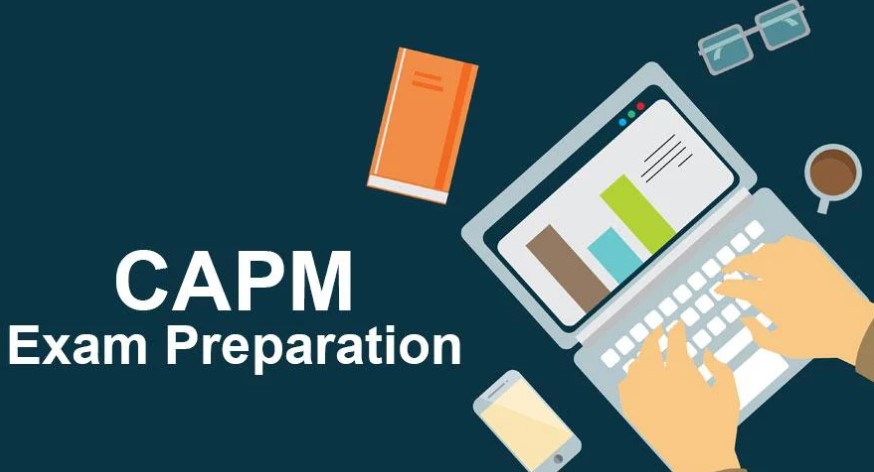What Is Saas Software

What Is Saas Software
So what does saas stands for? It is use a term which is use for software as a service, which means that the software is host by a third-party provider and deliver on time as a service via the internet. in addition most SaaS products are mainly target at business users, some products like like TurboTax and Mint have proven popular with individual consumers.
In the world of business, users access productivity software’s via a service provider rather than their private data centre. Microsoft 365 and Salesforce are two instances of SaaS software for use in businesses that were earlier host and distribute by the data centres of the business owners.
SaaS differs significantly from the traditional model of making a one-time purchase of software that the consumers must have hosted, applied, and maintained.
A multitenant architecture enables the SaaS delivery model, allowing a service provider to distribute multiple versions of the same software from a single physical server. Each user or business understands the application, complete with customizations, information, and access controls. Still, they all share a common code base that can be repaire, update, and maintain centrally.
As a result, instead of making a large upfront investment in a lasting licence, starting a lengthy implementation process, and committing to years of maintenance. Customers can purchase the software, which is paid for per “seat” on a monthly subscription basis.
What is SaaS example?
Hubspot is a typical example of saas.
HubSpot
HubSpot’s core functionality is a client/customer relationship management (CRM) system. A CRM is typically use to manage the sales process, transitioning a lead to a prospect and a customer. This SaaS product allows you to manage all of the information — from social media to tracking contacts within content management — anything related to their relationship with the business can handle.
HubSpot offers a free forever tier (often called “freemium”) for their CRM to entice potential customers to use the essential software and then pay to upgrade to the available integrated and developed outbound marketing tools. In addition, it offers different pricing tiers that scale with your business and is widely regard as having one of the best systems for onboarding new customers.
If your company does any kind of outbound sales or lead generation, have a CRM service provider manage all of your lead. Again, notes in one place save you a lot of time, making it easier to recall those little details that are easily forgotten and close the sale.
It is a software distribution model in which a cloud hosting provider hosts software and makes it available to end users through an online platform. In this model, an independent software vendor (ISV) could hire cloud provider to access the software. Alternatively, in the case of very large corporations such as Microsoft, the cloud hosting may also be the software provider.
SaaS, along with infrastructure as a service (IaaS) and platform as a service (PaaS), is one of the three main categories of cloud computing (PaaS). SaaS applications are use by a variety of IT professionals, business users, and personal users. Personal entertainment, such as Netflix, to advanced IT tools, are among the products available. SaaS products, unlike IaaS and PaaS, are frequently market to both B2B and B2C users.
What is SaaS model and how does Saas model work?
The cloud delivery model is use for SaaS. An ISV may hire a cloud provider to host the software and its related components in the provider’s data centre. A software platform may host the application and its associated data on its servers, database systems, network management, and computing resources. hAny device with a network connection will be able to use the app. Web browsers are commonly use to access SaaS applications.
As a result, companies that use SaaS applications are not responsible for the software’s setup and maintenance. Instead, users simply pay a monthly fee to access the software, which is a fully functional solution.
The application service provider and on-demand computing software delivery models are like SaaS. The provider hosts the customer’s software and distributes it to approved end-users over the internet.
Consumers have network-based access to a single copy of an application made especially for SaaS distribution by the provider in the software-on-demand SaaS model. In addition, all customers have access to the same source code for the application, and when new features or functionalities are release, they are rolled out to all customers.
In terms of the service agreement, the user’s data for each model may be automatically saved as well as in the cloud.
Using application programming interfaces, companies can integrate SaaS applications with other software (APIs). For example, a company can create its software tools and combine them with the SaaS offering using the APIs provided by the SaaS provider.
SaaS advantages
Organizations no longer need to install and set up applications on their own laptops or data centres thanks to SaaS. Hardware procurement, provisioning, and maintenance, as well as software licencing, implementation, and support, are all eliminated. The SaaS model also has the following advantages:
Payments are flexible. Customers subscribe to a SaaS offering rather than purchasing software to install or additional hardware to support it. As a result, many businesses can improve and predict their budgeting by converting costs to a recurring operating expenses. Users can also cancel SaaS subscriptions at any time to avoid paying recurring fees.
Scalable usage. Vertical scalability is a feature of cloud services like SaaS, allowing customers to access more or fewer services or features on-demand.
Updates are made automatically. Instead of buying new software, consumers can rely on a SaaS provider to instantaneously operate updates. This reduces the workload for in-house IT staff even more.
Persistence and accessibility. Users can access SaaS applications from any internet-enabled device and location because SaaS vendors deliver applications over the internet.
Customization. SaaS applications are frequently customizable and integrate with other business applications, particularly when using software from the same vendor.
SaaS challenges and risks
Because businesses must rely on outside vendors to provide software, keep that software up and running, track and report accurate billing, and facilitate a secure environment for the business’s data, SaaS poses some potential risks and challenges.
Issues that are beyond the customer’s control. When providers experience service disruptions, make unwelcome changes to service offerings, or suffer a security breach, problems can arise, all of which can significantly impact customers’ ability to use the SaaS offering. Therefore, customers should be aware of their SaaS provider’s service level agreement (SLA) and ensure that it is followed.
Versioning is no longer under the control of the customer. If the supplier adopts a new edition of an application, it will distribute it to all of its clients regardless of whether they want it or not. This may necessitate additional training time and resources being allocated by the organisation.
Switching vendors is difficult. Switching vendors can be difficult, as it is with any cloud service provider. Customers must migrate massive amounts of data when changing vendors. Furthermore, some vendors use proprietary technologies and data types, making transferring customer data between cloud providers even more difficult. Vendor lock-in occurs when a customer is unable to switch service providers due to these circumstances easily.
Security. Cloud security is frequently mention as a significant concern for SaaS applications.
SaaS security and privacy
The cybersecurity risks that come with software as a service are not the same as those with traditional software. For example, the software vendor addresses code-based flaws in standard software while the user ensures that the software is run on a secure infrastructure and network. As a result, the independent software vendor and third-party cloud provider are more responsible for security.
Despite the rapid adaptation of cloud-based models for fully serviced software products, organizations continue to be concerned about SaaS products’ security and privacy. Key management and encryption
identity and access management (IAM);
security monitoring;
incident handling;
poor integration into broader,
corporation security environments;
fulfillment of data entry requirements;
data protection;
cost of investing in third-party tools to mitigate the SaaS security risk;
and miscommunication with technical and security professionals during the selling process are just a few of the concerns.





